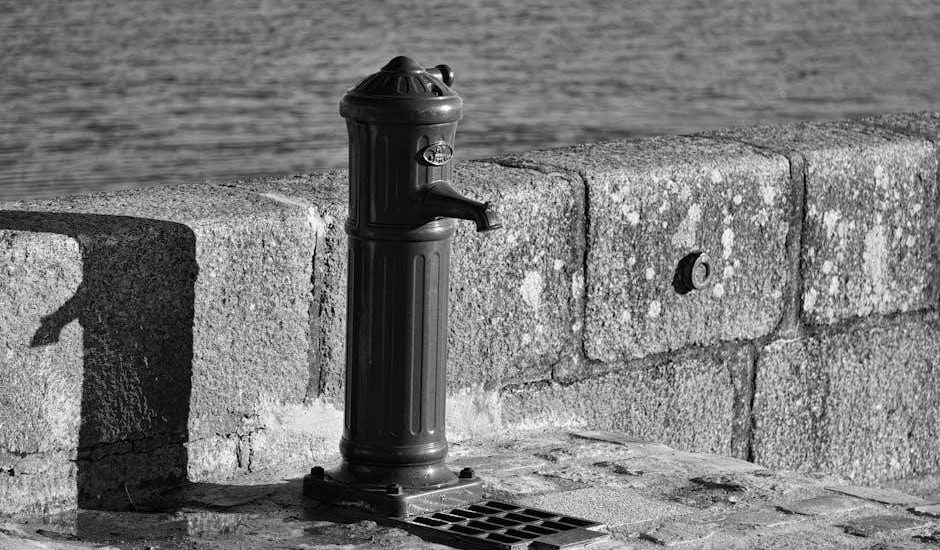Antique cast iron Dutch ovens are treasured for their historical significance and culinary versatility. Identifying these pieces involves examining markings, logos, and physical features to determine their origin, age, and value; Key elements include foundry stamps, pattern numbers, and distinctive designs like heat rings and bail handles. Understanding these characteristics helps collectors and enthusiasts authenticate and appreciate these timeless cookware pieces;
Understanding the Importance of Identification
Identifying antique cast iron Dutch ovens is crucial for determining authenticity, value, and historical significance. Accurate identification helps collectors distinguish genuine antiques from modern reproductions, ensuring they acquire pieces with legitimate heritage. This process involves examining foundry marks, logos, and specific design features, such as heat rings, bail handles, and lid styles, which often indicate the manufacturer and era. Proper identification also aids in restoration efforts, preserving the piece’s integrity and value. Moreover, understanding the origins and history of a Dutch oven enhances its appeal, making it a cherished addition to any collection. By mastering identification techniques, enthusiasts can make informed decisions and appreciate these culinary artifacts fully.
Overview of Antique Cast Iron Dutch Ovens
Antique cast iron Dutch ovens are heavy, durable cooking vessels with a rich history dating back centuries. Typically made from thick cast iron, they feature a heavy lid, a bail handle, and three or four legs for suspended cooking over open fires. These ovens were essential for slow cooking, braising, and baking, making them indispensable in early American and European kitchens. Many were crafted by renowned foundries, such as Griswold and Wagner, and are now highly sought after by collectors. Their rugged construction and seasoning-friendly material have allowed them to endure, maintaining their functionality and charm. Antique Dutch ovens are not only culinary artifacts but also testament to the craftsmanship of their time, cherished for their versatility and historical significance.
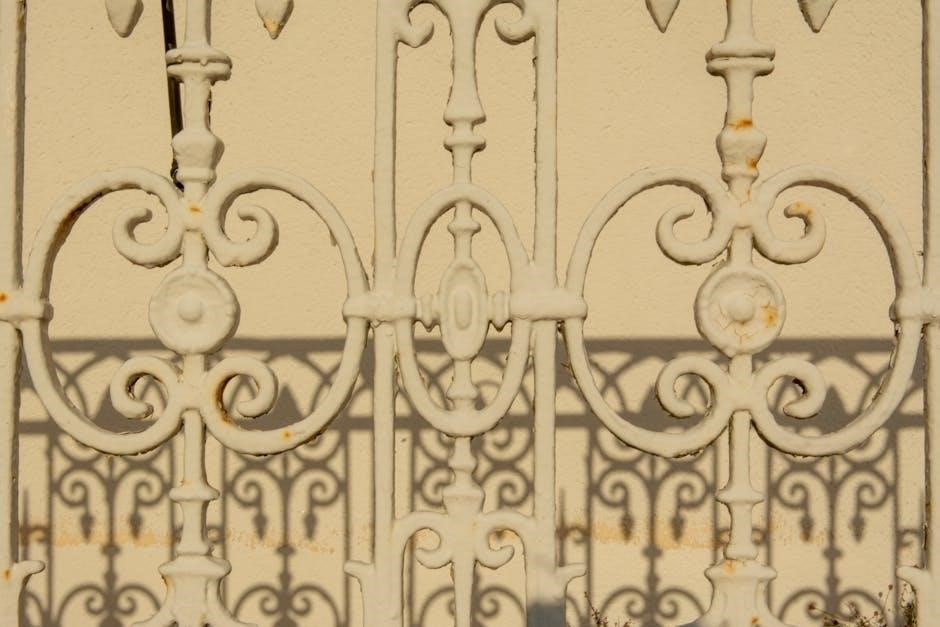
Key Characteristics of Antique Cast Iron Dutch Ovens
Antique cast iron Dutch ovens are heavy, with a bail handle, three legs, and a tight-fitting lid. Their durable construction and distinctive design make them easily recognizable.
The Role of Casting Marks and Patterns
Casting marks and patterns are crucial for identifying antique cast iron Dutch ovens. These marks, often found on the bottom or handle, indicate the manufacturer and production date. Patterns may include logos, letters, or numbers that correspond to specific foundries. For instance, the “unbroken heat ring” is a hallmark of certain manufacturers. Examining these details helps enthusiasts trace the oven’s origin and age, making them essential for authentication. Collectors often refer to casting marks to distinguish rare or valuable pieces from more common ones, ensuring accuracy in identification and valuation.
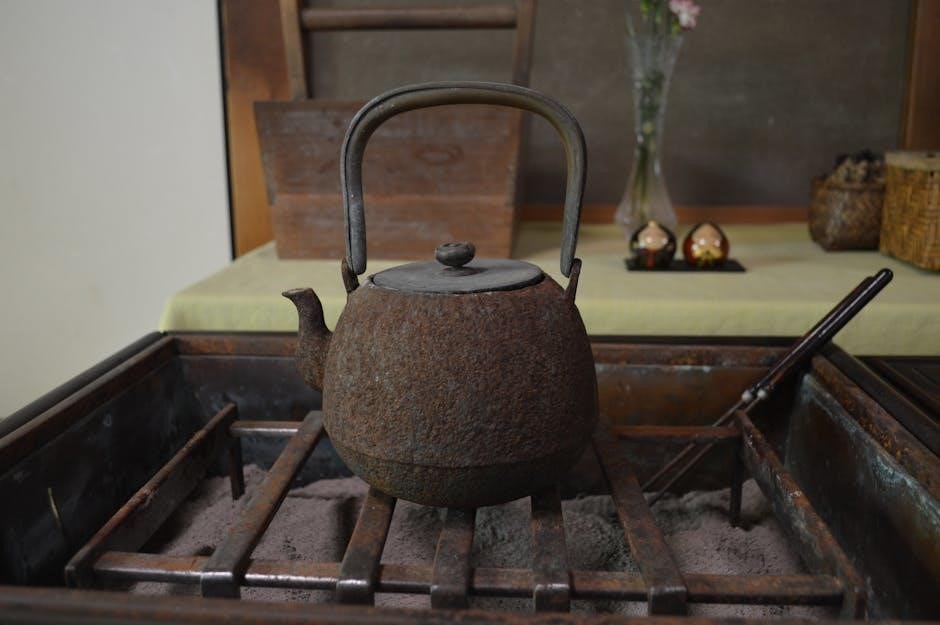
Identifying the Lid and Handle Features
The lid and handle of an antique cast iron Dutch oven provide vital clues for identification. The bail handle, typically a large loop attached to the pot, varies in design by manufacturer. Some handles feature a triangular or circular shape, while others may have a more ornate design. Lids often bear markings such as logos, pattern numbers, or dimpled surfaces, which can help authenticate the piece. For example, the “Fingerhut style” lid is commonly associated with certain brands. Examining the handle’s attachment points and the lid’s fit can also reveal the oven’s age and origin. These features, combined with other markings, help collectors distinguish genuine antiques from modern reproductions, ensuring accurate identification and valuation.
Examining the Bail Handle and Legs
The bail handle and legs of an antique cast iron Dutch oven are distinctive features that aid in identification. The bail handle, typically a robust loop, varies in design by manufacturer, with some featuring triangular or circular shapes. The legs, usually short and sturdy, provide support for cooking over coals. Notably, older pieces often exhibit unique casting marks or wear patterns, which can help determine authenticity. The presence of an unbroken heat ring on the bottom, complementing the bail handle and legs, is a common indicator of an older piece. By studying these elements and comparing them to known examples, enthusiasts can accurately identify and date their antique Dutch ovens, enhancing their understanding and appreciation of these historical cookware items.
Markings and Logos: Essential for Identification
Foundry logos, pattern numbers, and date codes are crucial for identifying antique cast iron Dutch ovens. These markings, often stamped or cast, indicate the manufacturer, era, and model, aiding collectors in determining authenticity, origin, and value.
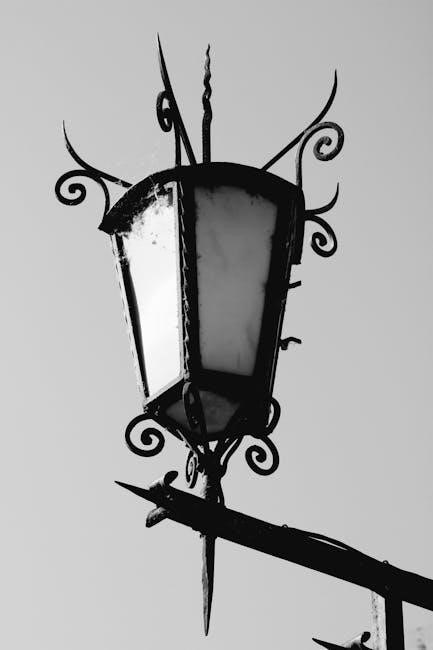
Deciphering Foundry Logos and Stamps
Foundry logos and stamps are vital for identifying antique cast iron Dutch ovens. These markings, often located on the bottom or handle, reveal the manufacturer and production era. For instance, well-known brands like Griswold, Wagner, and Lodge feature distinctive logos that collectors recognize. Stamps may include pattern numbers, dates, or letters, providing clues about the oven’s history. Some foundries used specific symbols or letter combinations that correspond to particular years or models. By comparing these markings to reference guides or databases, enthusiasts can pinpoint the origin and age of their piece, ensuring authenticity and aiding in valuation; These logos and stamps are not just decorative; they are essential keys to unlocking the Dutch oven’s past.
Pattern Numbers and Date Codes

Pattern numbers and date codes are crucial for dating and identifying antique cast iron Dutch ovens. These codes, often stamped or cast into the metal, provide insights into the manufacturing timeline. Foundries like Griswold and Wagner used specific sequences or symbols to denote production years or mold patterns. For example, some ovens feature numbers at the 6 o’clock position on the underside, correlating to particular years or designs. While these codes aren’t always straightforward, they serve as valuable clues for enthusiasts. By cross-referencing these markings with historical records or collector guides, one can better understand the oven’s age and rarity. These subtle details are essential for accurate identification and valuation of antique pieces.
Maker’s Marks and Signature Styles
Maker’s marks and signature styles are distinctive features that help identify antique cast iron Dutch ovens. Many foundries, such as Griswold, Wagner, and Lodge, stamped or cast their logos, initials, or brand names into the metal. These marks often appear on the bottom, lid, or handle and serve as a key identifier of the manufacturer. For example, Griswold’s cross logo or Wagner’s slanted lettering are iconic and easily recognizable. Some makers also included pattern numbers or codes alongside their marks, which can further aid in dating the piece. The style and placement of these marks vary, but they are essential for authenticating the origin and age of the Dutch oven. Collectors and enthusiasts rely on these signatures to distinguish genuine antiques from reproductions or modern pieces.
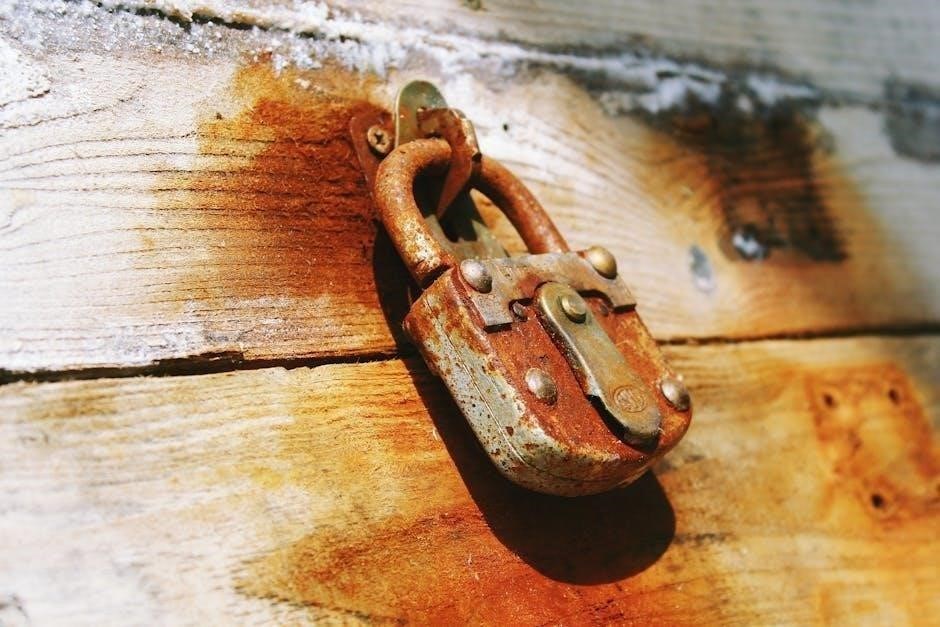
Distinguishing Features of Antique vs. Modern Pieces
Antique Dutch ovens often feature rougher casts, uneven surfaces, and distinct heat rings, whereas modern pieces have smoother finishes and standardized designs, making them easily distinguishable.
Heat Rings and Their Significance
Heat rings, the concentric circles on the lid and bottom of Dutch ovens, are crucial for identifying antique pieces. Antique ovens typically feature unbroken, continuous heat rings, while modern versions often have interrupted or less pronounced patterns. These rings were originally designed to enhance heat distribution, but they also serve as a key marker for age and authenticity. The presence of unbroken heat rings suggests an earlier manufacturing process, common in the 19th and early 20th centuries. Collectors and restorers closely examine these rings, as they are less likely to be replicated in modern reproductions. The size and depth of the rings can also indicate the oven’s origin and era, making them an essential feature for accurate identification and valuation.
Size and Numbering Systems
Size and numbering systems are vital for identifying antique cast iron Dutch ovens. Many pieces feature size numbers, such as “No. 8” or “10 5/8 In,” which indicate the oven’s diameter and depth. These measurements were standardized by foundries like Griswold and Wagner to denote capacity and intended use. Antique ovens often have these numbers cast into the lid or handle, while modern pieces may lack such markings or use different systems. The numbering system also helps distinguish between authentic antiques and newer reproductions, as modern manufacturers tend to adopt more uniform sizing. Collectors use these numbers to cross-reference with historical catalogs, aiding in precise identification and valuation. Understanding these systems is essential for authenticating and dating antique Dutch ovens accurately.
Comparing Handle Styles and Lid Designs
Handle styles and lid designs are crucial for identifying antique cast iron Dutch ovens. Antique pieces often feature distinctive bail handles with a heavy, robust design, while modern versions may have simpler or more standardized handles. Lids on antique ovens typically have a concave shape and may include markings like pattern numbers or foundry logos. In contrast, modern lids are often flatter and lack intricate details. The handle’s underside may also reveal triangular marks or letters, common in older pieces. These differences help collectors distinguish authentic antiques from reproductions. The unique craftsmanship in handles and lids reflects the era’s manufacturing techniques, making them key elements in identification and valuation. Such details are invaluable for enthusiasts seeking to authenticate their finds.
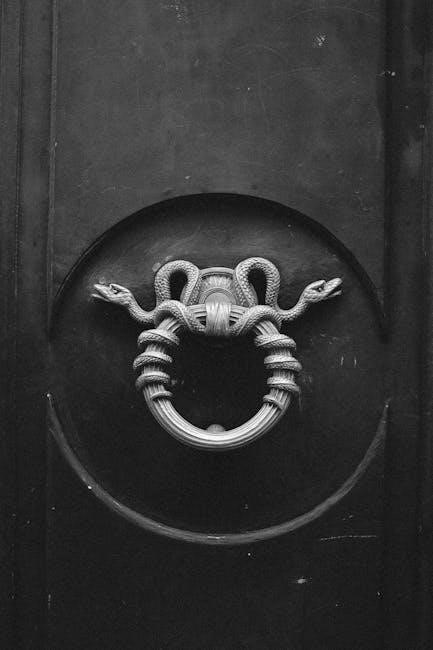
Condition and Restoration of Antique Dutch Ovens
Evaluating the condition of antique Dutch ovens involves checking for rust, cracks, and wear. Restoration often includes cleaning, seasoning, and repairing damage to preserve their functionality and value.
Evaluating the Overall Condition
Evaluating the condition of an antique cast iron Dutch oven involves inspecting for rust, cracks, and wear. Check the handle, lid, and body for damage or deterioration. Look for signs of pitting or flaking, which can indicate age and usage. The presence of original seasoning or finish is a positive indicator of its authenticity and care. Examine the bail handle and legs for structural integrity, as these are critical for functionality. Cleanliness is essential; grime or grease may hide underlying issues like cracks or rust. Minor repairs, such as reseasoning, can enhance its condition without compromising its value. Proper evaluation ensures the piece remains functional and retains its historical charm.
Restoration Techniques for Antique Pieces
Restoring antique cast iron Dutch ovens requires careful attention to preserve their historical integrity. Begin with gentle cleaning using steel wool or vinegar to remove grime without damaging the metal. Avoid harsh chemicals, as they can strip away original seasoning. For rusted areas, apply a mixture of baking soda and water, then scrub and rinse thoroughly. Reseasoning is essential to maintain the piece’s non-stick surface; apply a thin layer of cooking oil and bake in a low-temperature oven. Handle any cracks or breaks with epoxy designed for cookware. Light sanding can smooth rough edges, but avoid over-polishing, as it may erase valuable markings. Proper restoration ensures the Dutch oven remains functional while retaining its antique charm.
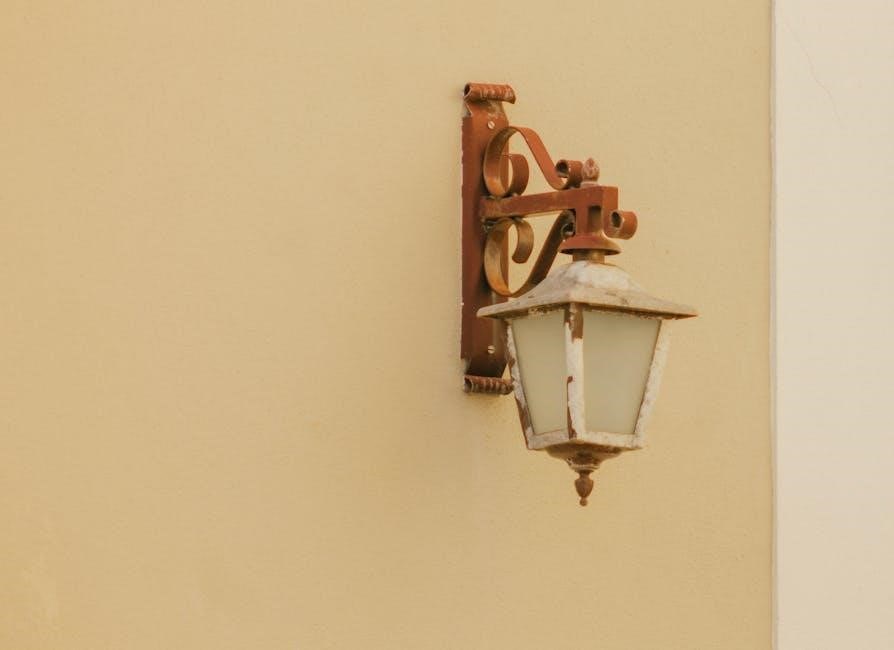
Valuation and Collectibility
Valuation of antique cast iron Dutch ovens depends on rarity, condition, and brand heritage. Top brands like Griswold and Wagner often command higher prices due to their historical significance and craftsmanship.
How to Determine the Value of Your Dutch Oven
Determining the value of your Dutch oven involves assessing its condition, rarity, and brand. Start by researching similar pieces in collector communities and marketplaces. Look for markings like pattern numbers or logos, which can indicate the maker and era. Check for any restoration or damage, as these factors significantly impact value. Auction records and collector guides provide valuable insights. High-demand brands like Griswold and Wagner often fetch premium prices. Size and functionality, such as heat rings, also influence worth. Consulting with appraisers or experts can offer precise valuations, helping you understand your Dutch oven’s market worth for selling or collecting purposes.
Top Brands and Their Market Value
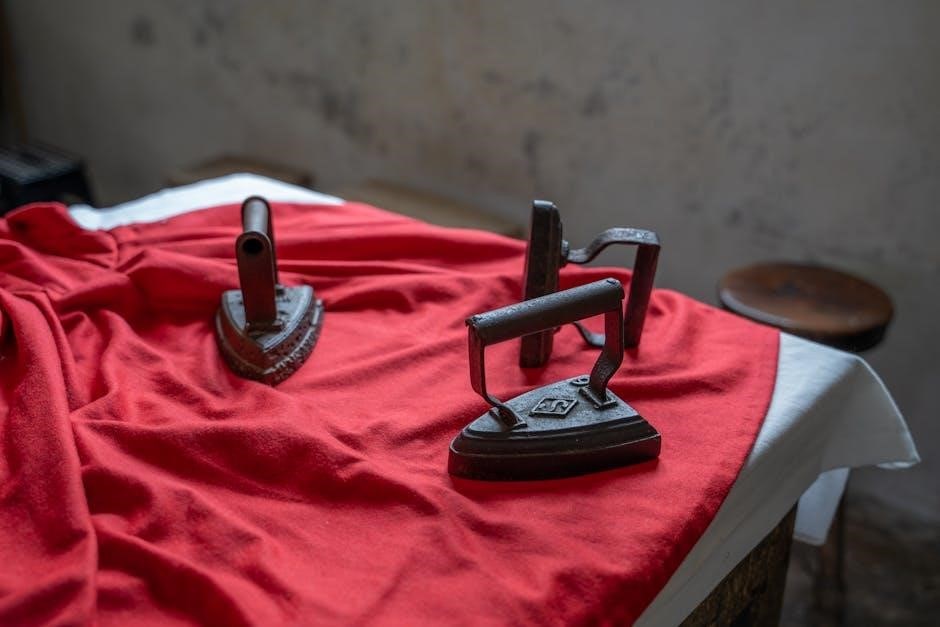
Top brands like Griswold and Wagner dominate the market for antique cast iron Dutch ovens, often commanding high prices due to their craftsmanship and rarity. Griswold pieces, especially those with early 20th-century markings, are highly sought after by collectors, with some models selling for thousands. Wagner items, known for their durability, also hold significant value, particularly those produced before the mid-1900s. Other notable brands include Lodge, which offers more affordable yet still valuable options. The market value is influenced by condition, age, and demand, making these brands prized possessions among enthusiasts. Their historical significance and enduring quality ensure they remain popular in both collector and culinary circles.
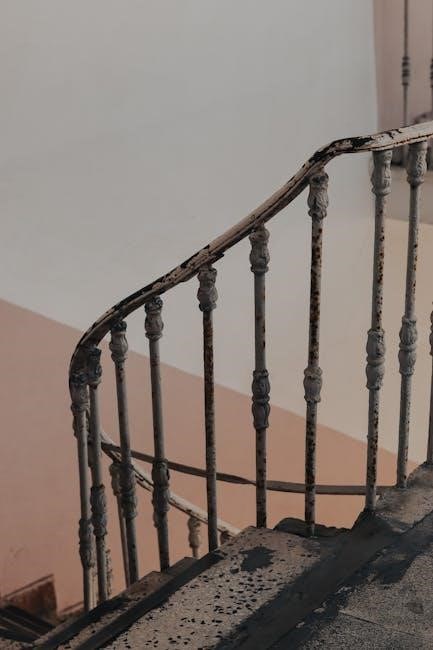
Resources for Further Research
Recommended guides and online communities provide valuable insights into identifying and valuing antique cast iron Dutch ovens. Collector forums and specialized websites offer detailed information and authentication tips.
Recommended Guides and Collector Communities
Collector communities and online forums are invaluable for identifying antique cast iron Dutch ovens. Websites dedicated to cast iron cookware often feature detailed guides, including brand histories and markings. Social media groups and forums connect enthusiasts, offering insights and expertise. Video tutorials and blogs provide step-by-step advice on restoration and authentication. Many collectors recommend consulting vintage cookware experts or joining specialized groups to gain deeper knowledge. These resources help enthusiasts authenticate pieces, understand historical context, and connect with fellow collectors. They also offer tips on identifying rare brands like Griswold or Wagner. By leveraging these guides and communities, collectors can enhance their understanding and appreciation of antique Dutch ovens.
Online Marketplaces for Comparison
Online marketplaces like eBay, Etsy, and Facebook Marketplace are excellent resources for comparing antique cast iron Dutch ovens. These platforms allow collectors to view similar items, compare prices, and identify rare or unique features. High-quality images and detailed descriptions can help enthusiasts spot markings, logos, or patterns specific to certain brands or eras. Additionally, many sellers specialize in vintage cookware, offering valuable insights and authentication services. By examining multiple listings, collectors can gain a better understanding of what to look for in an authentic piece. Online forums and collector groups on these platforms also provide a space to ask questions and share knowledge, making them invaluable for both beginners and experienced collectors.
Concluding your journey in identifying antique cast iron Dutch ovens reveals the rich history and craftsmanship behind each piece, making every discovery a rewarding adventure.
Final Tips for Successful Identification
When identifying antique cast iron Dutch ovens, focus on examining markings, logos, and physical features like heat rings and bail handles. Consult guides or experts to verify findings; Pay attention to pattern numbers and date codes, as these often indicate the manufacturer and era. Handle styles and lid designs can also reveal clues about the oven’s origin. Be cautious of restorations, as they may alter original features. Documenting your findings and comparing them to known examples is essential. Join collector communities for additional insights and support. Remember, patience and meticulous research are key to accurately identifying and valuing these timeless pieces of culinary history.
The Joy of Collecting Antique Cast Iron
Collecting antique cast iron Dutch ovens is a rewarding hobby that combines history, culinary passion, and the thrill of the hunt. Each piece tells a story, offering a glimpse into the craftsmanship of bygone eras. The satisfaction lies in discovering rare or well-preserved items, often with unique markings or historical significance. Joining collector communities enhances the experience, providing access to expertise and shared enthusiasm. Restoring and using these ovens connects collectors to their heritage, blending tradition with modern cooking. The joy of collecting lies not only in the pursuit but also in the lasting value and functionality of these timeless pieces, making them treasured additions to any home or kitchen.

